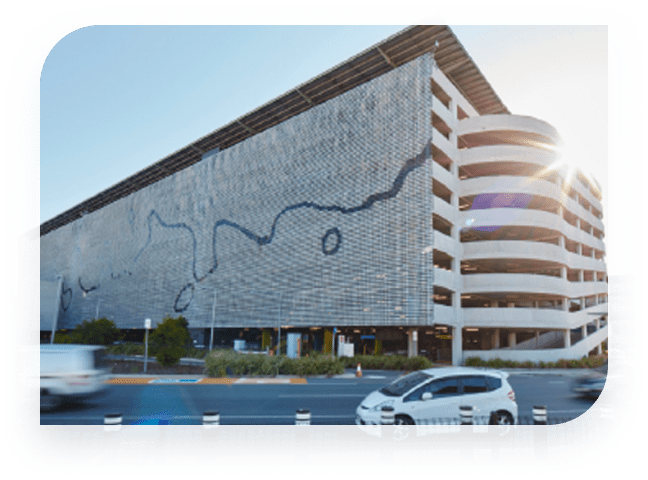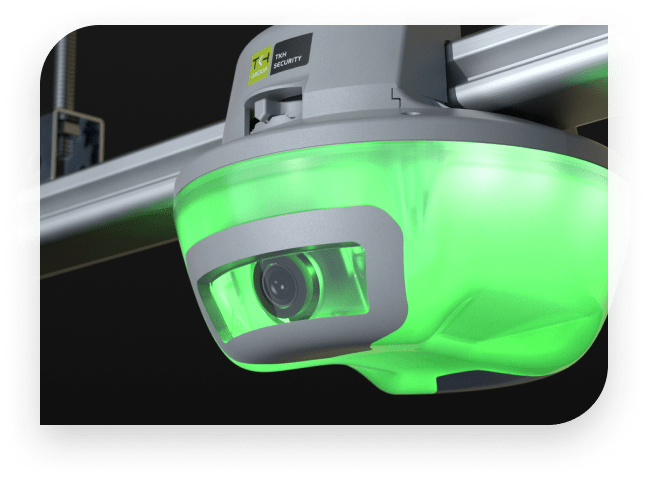Quantifying the Impact of Park Assist’s Parking Guidance Solution on Customer Experience

Little has been done in the industry to objectively quantify the effects that an automated parking guidance system (APGS) has on driver decision-making and the parking experience itself. In response to this, Brisbane Airport Corporation, in collaboration with Park Assist completed a ground-breaking benchmarking study.
Read on for a summary of the impressive outcomes.
About Brisbane Airport
Brisbane Airport is the primary international airport serving Brisbane and Southeast Queensland. The airport services 31 airlines flying to 50 domestic and 29 international destinations, and with it, offers a state-of-the-art car facility, host to our M4 Automated Parking Guidance System (APGS) which elevates the airport parking experience.

The Challenge
In partnership with Brisbane Airport, TKH Security sought to quantify the impact of the wayfinding capabilities of the APGS, specifically focusing on the time taken for drivers to find and park in a vacant bay (Time to Park).

The Outcome
The Brisbane Airport benchmarking study results quantified the following impact once the parking guidance camera-based smart sensors and digital wayfinding signage, primary components of an APGS, were enabled:
- 36% reduction in Time to Park in P1 car park.
- 33% reduction in Time to Park across both car parks.
- 50% reduction in Time to Park for primary entry levels in P1 servicing short-term parkers.
- Improved and more consistent customer experience.
- 5-minute time saving for drivers parking in disabled bays (an average reduction of 63%).
- An additional half-minute reduction of Time to Park at weekends.

This ground-breaking APGS benchmarking study has quantified several key benefits. The most significant benefit is a substantial reduction in Time to Park, observed consistently across different times, locations, and types of visitors/parkers.
The Solution
This study leveraged and correlated data from two independent systems:
- The Park Assist M4 Automated Parking Guidance System, which monitors every individual bay across both car parks for entry and exit events.
- A third-party Parking & Revenue Control System (PARCS) which monitors vehicle entry and exit to each car park.
As both systems use automated License Plate Recognition (LPR) to uniquely identify a vehicle, we were able to determine:
- When and where a unique vehicle entered and exited the car parks.
- Where they parked and when they left a specific bay.
Over a 5-month period, the study collected a total of 127,284 individual customer journeys and compared Time to Park before and after the parking guidance camera-based smart sensors and digital wayfinding signage, primary components of an APGS, were enabled onsite.
